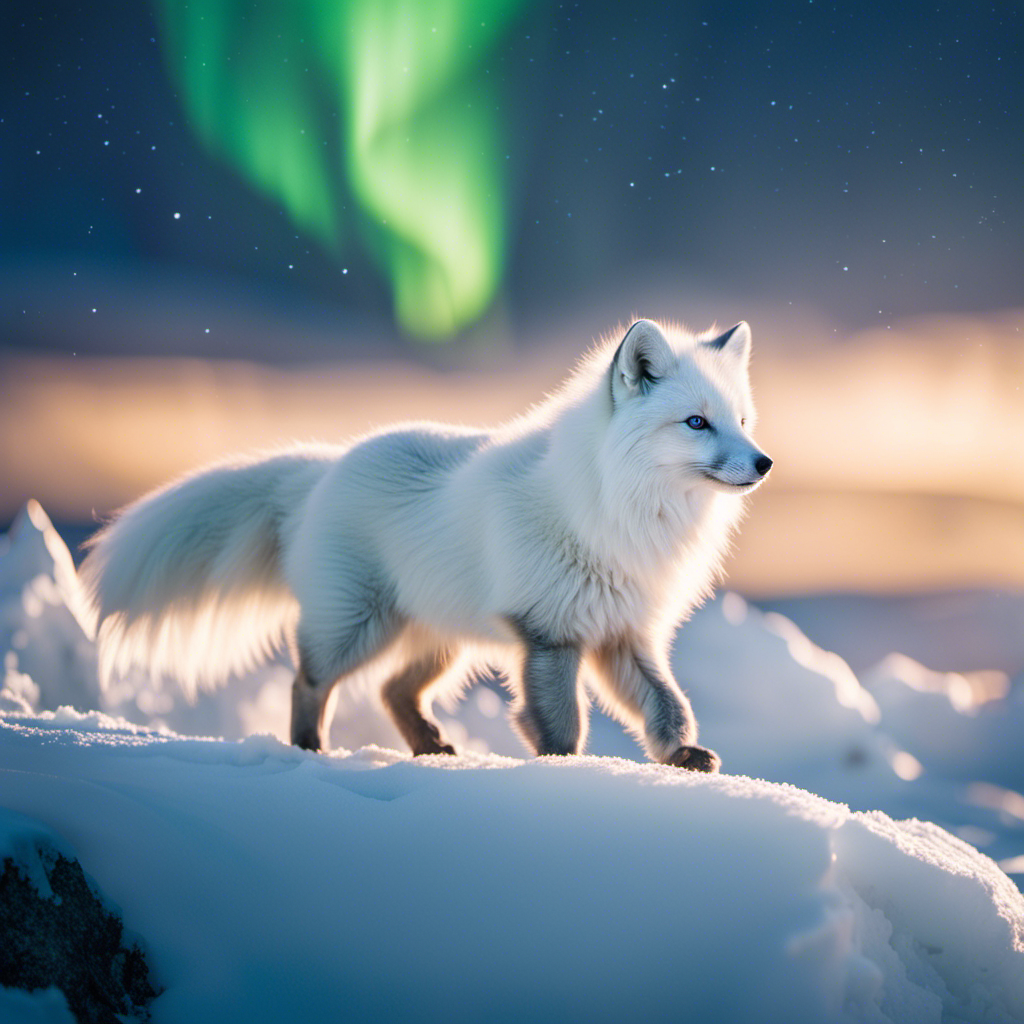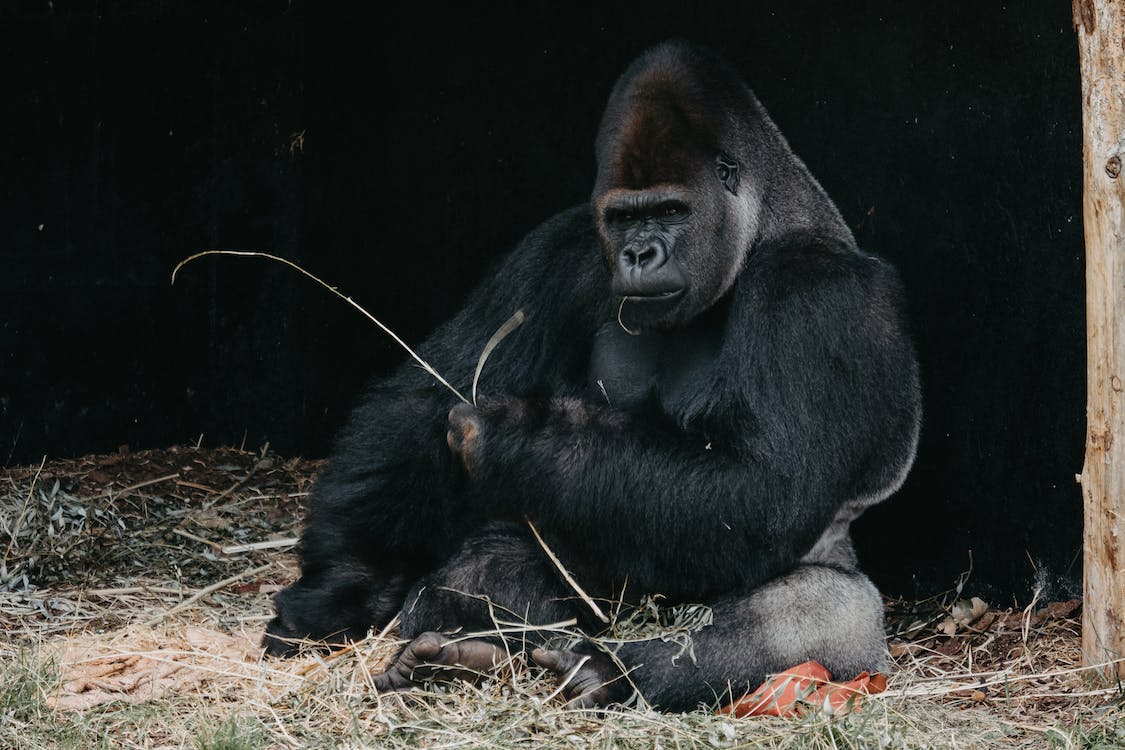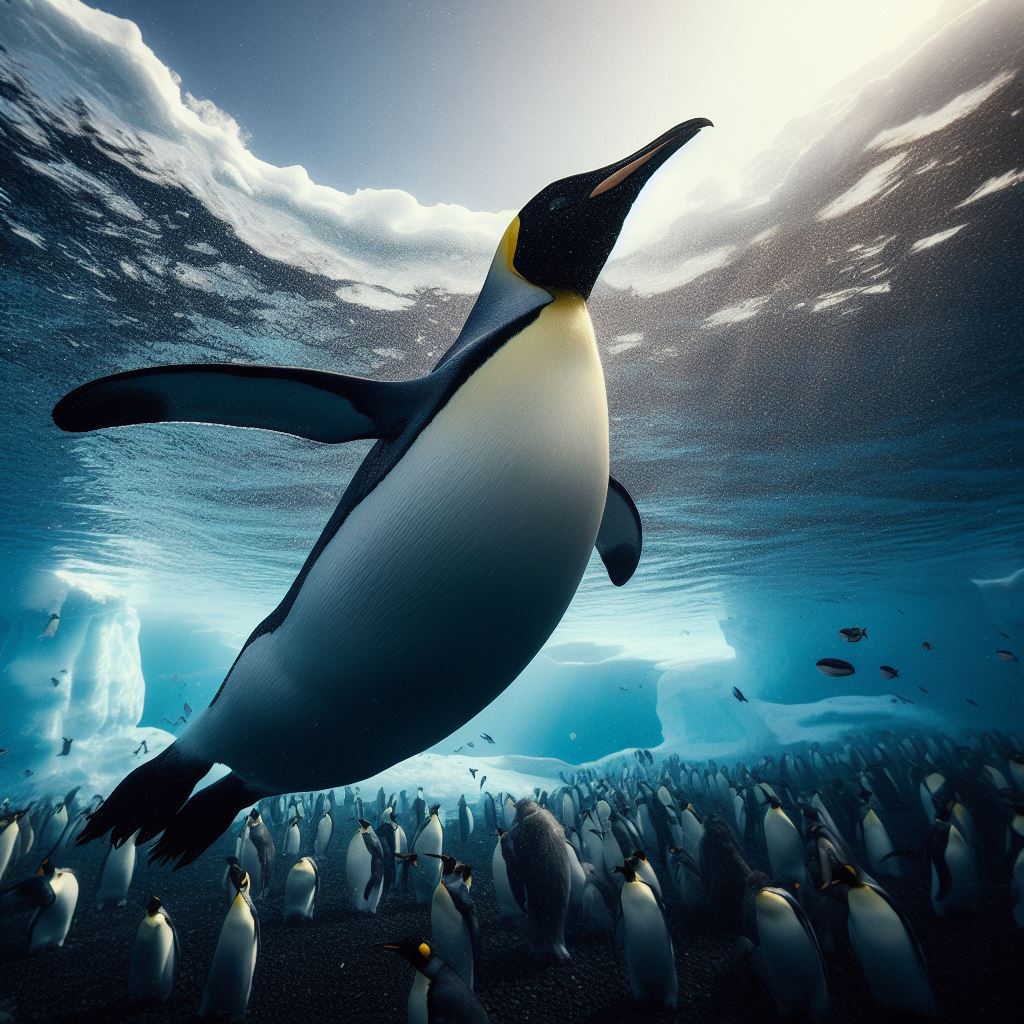Are you curious about the fascinating world of arctic foxes? Well, get ready to embark on a thrilling journey through their icy domain!
In this article, we will unveil ten mind-blowing facts about these incredible creatures. From their extraordinary adaptations for survival in the Arctic to their unique communication methods, you’ll discover a wealth of intriguing information.
So, grab your parka and get ready to dive into the captivating world of the arctic fox!
Key Takeaways
- Arctic foxes have thick fur and a specialized undercoat that provides insulation and warmth in freezing winters.
- They are skilled hunters and can survive with limited food sources, adapting their hunting techniques based on seasonal availability.
- Arctic foxes are highly social animals, relying on group dynamics for survival and success. They communicate through scent marking and body language.
- These foxes demonstrate exceptional adaptability and long-distance travel skills, exploring vast distances in search of food and suitable habitats.
Fact #1: Adaptations for the Arctic
Arctic foxes have developed thick fur and a compact body to adapt to the harsh Arctic environment. These adaptations are crucial for their survival in this extreme climate.
The thick fur of Arctic foxes serves as excellent insulation, providing warmth during the freezing winters. Their dense undercoat helps trap air, creating a layer of insulation that keeps them cozy even in sub-zero temperatures.
Additionally, their compact bodies minimize heat loss by reducing the surface area exposed to the cold air. This enables them to conserve energy and stay warm while navigating through snow-covered landscapes.
These remarkable adaptations allow Arctic foxes to thrive where others struggle, showcasing nature’s ingenuity in creating resilient creatures perfectly suited for their environments.
Fact #2: Changing Coat Colors
You’ll be fascinated to learn that one interesting thing about the foxes in the Arctic is how they change their coat colors. These color adaptations play a crucial role in their survival in their harsh environment.
Here are some amazing facts about the changing coat patterns of arctic foxes:
- Camouflage: The white fur during winter helps them blend into the snowy landscape, making it easier for them to hide from predators.
- Seasonal Transformation: In spring and summer, their coats turn brown or grayish-brown, allowing them to camouflage with rocks and vegetation when there is less snow.
- Thermal Regulation: The thick fur both keeps them warm in freezing temperatures and provides insulation by trapping air close to their bodies.
- Molting Process: Arctic foxes shed their winter coat as warmer months approach, revealing a new layer of short, brown or gray fur underneath.
- Adaptability: Their ability to change coat colors showcases the remarkable adaptability of these creatures to survive in extreme conditions.
These incredible color adaptations not only help arctic foxes survive but also highlight nature’s ingenious solutions for thriving in challenging environments.
Fact #3: Impressive Survival Skills
Impressive survival skills are showcased by the remarkable adaptability of arctic foxes to thrive in extreme conditions. These resilient creatures have developed unique adaptation strategies and survival techniques that allow them to not only survive but also thrive in their harsh Arctic habitat.
One such strategy is their ability to change coat colors, as we previously discussed. However, their adaptability doesn’t stop there. Arctic foxes have evolved specialized fur on their paws, allowing them to walk on icy terrain without slipping. They also possess a keen sense of hearing, enabling them to locate prey under thick layers of snow.
Furthermore, these resourceful animals are skilled hunters and can survive with limited food sources by scavenging or caching excess food for leaner times. Their ability to endure freezing temperatures and scarcity of resources is truly awe-inspiring!
Fact #4: Omnivorous Diet
Did you know that arctic foxes have an impressive ability to adapt their diet to survive in extreme environments? These resourceful creatures are omnivores, meaning they eat both plant and animal matter.
This allows them to take advantage of a wide variety of food sources, ensuring their survival even in the harshest conditions. Not only does this adaptation help them thrive, but it also has a significant impact on the fragile arctic ecosystem by contributing to its balance and diversity.
Food Sources and Variety
When it comes to food, Arctic foxes have a varied diet consisting of small mammals, birds, fish, and even carrion. These resourceful creatures are skilled hunters, adapting their hunting techniques based on seasonal food availability.
In the summer months, when prey is abundant and accessible, Arctic foxes primarily hunt lemmings and voles. They use their keen sense of hearing to locate these small mammals in the grassy tundra.
As winter approaches and the ground freezes over, making it difficult to catch burrowing animals, Arctic foxes shift their focus towards marine life. They scavenge for seabird eggs or feast on leftover carcasses from polar bears or seals.
This adaptability ensures that they can find sustenance year-round in the harsh Arctic environment. Their ability to thrive amidst changing food sources showcases their resilience and ingenuity as master survivalists.
Adaptation and Survival
You can appreciate the remarkable ability of these creatures to adapt and survive in challenging Arctic conditions. Arctic foxes, with their innovative hunting techniques and physical adaptations, have perfected the art of survival in one of the harshest environments on Earth.
Their hunting techniques are nothing short of visionary. In summer, when food is abundant, they rely on their keen senses and agility to catch small mammals like lemmings. But when winter arrives and prey becomes scarce, they take on a more cunning approach. These resourceful foxes will follow polar bears or wolves, scavenging whatever scraps they leave behind.
But it’s not just their hunting techniques that make them extraordinary. Their physical adaptations are equally impressive. Their thick fur changes color with the seasons, allowing them to blend seamlessly into their surroundings and remain hidden from predators or prey alike.
In an environment as demanding as the Arctic, belonging means being adaptable and resilient. And that’s exactly what Arctic foxes embody with their exceptional hunting techniques and physical adaptations – a true testament to survival against all odds.
Impact on Ecosystem
The impact of Arctic foxes on the ecosystem is evident in their role as both predator and scavenger. These clever creatures play a vital part in maintaining the delicate balance of the Arctic food web. Here are three fascinating ways in which Arctic foxes influence their environment:
- Regulating prey populations: As skilled hunters, they help control the population of small mammals like lemmings and voles, preventing overgrazing that could harm vegetation.
- Providing carrion for other species: Arctic foxes scavenge on carcasses left behind by larger predators like polar bears or wolves. This not only helps clean up the environment but also provides food for other organisms down the food chain.
- Distributing nutrients: When feeding on prey or carrion, Arctic foxes defecate in different locations, spreading nutrients across the landscape and enriching the soil for plant growth.
Through these predator-prey dynamics, Arctic foxes contribute to a harmonious ecosystem where each organism fulfills its unique role for the greater good.
Fact #5: Social Behavior
Did you know that foxes are highly social animals?
Their group dynamics play a crucial role in their survival and success. Socialization among foxes is of utmost importance as it helps them form strong bonds, establish hierarchies, and coordinate their activities for hunting and raising offspring.
Understanding the group dynamics and the significance of socialization in foxes can provide valuable insights into their behavior and ultimately contribute to wildlife conservation efforts.
Group Dynamics of Foxes
Imagine living in a tight-knit community where arctic foxes form strong social bonds and work together to raise their young. In the world of arctic foxes, group dynamics and socialization play crucial roles in their survival and success. Here are three fascinating aspects of their group dynamics:
- Cooperative hunting: Arctic foxes exhibit remarkable teamwork when it comes to hunting for food. They communicate with each other using various vocalizations and body language, coordinating their movements to surround their prey and increase their chances of a successful hunt.
- Maternal care: Female arctic foxes demonstrate exceptional maternal instincts. They create dens together and help raise each other’s offspring, forming a cooperative breeding system. This collaboration ensures the survival of the young ones by sharing responsibilities such as nursing, grooming, and protecting them from predators.
- Communication through scent marking: Arctic foxes mark their territories using urine and feces to communicate with other members of their group. These marks serve as signals for boundaries, mating opportunities, or potential threats, allowing them to establish clear hierarchies within the community.
In this tightly bonded society of arctic foxes, group dynamics foster cooperation, support, and a sense of belonging among its members. Their socialization skills contribute significantly to their resilience in the harsh Arctic environment they call home.
Importance of Socialization
Living in a close-knit community, arctic foxes rely on socialization for their survival and success. Socialization plays a vital role in the lives of these remarkable creatures, ensuring their well-being and overall fitness.
By engaging in communal activities such as hunting, playing, and grooming, arctic foxes establish strong bonds that promote cooperation and enhance their chances of finding food and avoiding predators.
A study conducted by researchers found that isolated foxes showed signs of decreased physical health and emotional well-being compared to those who had regular social interactions. The effects of isolation can be detrimental to an arctic fox’s mental state, leading to increased stress levels and reduced problem-solving abilities.
Therefore, it is crucial for these fascinating animals to maintain healthy social connections within their community to thrive in their challenging Arctic environment.
Fact #6: Long-Distance Travelers
Arctic foxes are known for their ability to travel long distances, making them exceptional explorers of the frozen tundra. These magnificent creatures undertake impressive long-distance migrations, traversing vast expanses of icy wilderness in search of food and suitable habitats. With their keen hunting strategies, they adapt to the harsh Arctic environment with agility and precision.
Through innovative techniques and visionary instincts, Arctic foxes have mastered the art of survival in these extreme conditions. They employ a variety of hunting strategies to secure their meals, including stalking small mammals like lemmings and voles. Their acute hearing allows them to detect sounds underneath layers of snow, giving them an advantage when hunting elusive prey.
By understanding the data-driven nature of their behavior, we can appreciate how these fascinating creatures navigate through seemingly inhospitable landscapes. The Arctic fox’s long-distance travels and resourceful hunting strategies exemplify their remarkable adaptation skills in this unforgiving environment, showcasing the wonders of nature’s ingenuity.
As we explore the world alongside them, we too can find inspiration in our own journeys towards belonging and resilience.
Fact #7: Populations and Habitat
Did you know that climate change is having a significant impact on the planet? Rising temperatures, melting ice caps, and extreme weather events are just some of the consequences we are facing.
In order to combat these challenges and protect our environment, conservation efforts are more important than ever. By implementing sustainable practices and supporting initiatives aimed at preserving biodiversity, we can help mitigate the effects of climate change and ensure a better future for generations to come.
Impact of Climate Change
Climate change is causing changes in the habitat of Arctic foxes, leading to potential impacts on their survival. Here are some fascinating facts about how climate change is affecting these magnificent creatures:
- Shrinking habitats: Rising temperatures in the Arctic region are causing the melting of sea ice, which is crucial for the survival of Arctic foxes. With less ice available, their hunting grounds and reproductive areas are disappearing.
- Food scarcity: Climate change affects the availability of prey species that Arctic foxes rely on for food. As warming alters ecosystems, it disrupts the delicate balance between predators and their prey, making it harder for these adaptable foxes to find sustenance.
- Competition with other species: With changing habitats, Arctic foxes are facing increased competition from larger predators like polar bears and wolves as they search for new territories and food sources.
- Population decline: These combined effects have led to a decline in Arctic fox populations across their range. The International Union for Conservation of Nature (IUCN) has listed them as a ‘vulnerable’ species due to ongoing climate change effects.
Understanding the impact of climate change on Arctic foxes is crucial in developing conservation strategies aimed at protecting these resilient creatures and ensuring their future survival in our ever-changing world.
Conservation Efforts Needed
To help protect these incredible creatures, you can support conservation efforts aimed at preserving their habitats and ensuring a sustainable future for Arctic fox populations. By taking action and supporting organizations dedicated to habitat preservation, you are contributing to the survival of these beautiful animals. Here is a table that showcases the impact of conservation efforts on Arctic fox populations:
| Conservation Efforts | Habitat Preservation |
|---|---|
| Reforestation projects | Ensures availability of food sources |
| Protected areas | Provides safe havens for breeding and raising young |
| Climate change mitigation strategies | Reduces the negative impacts of changing environments |
| Community engagement programs | Raises awareness and fosters a sense of responsibility towards Arctic foxes |
| Research and monitoring initiatives | Helps gather data for informed conservation decisions |
Together, we can make a difference in safeguarding the future of Arctic foxes by supporting conservation efforts focused on habitat preservation. Let’s ensure that these remarkable creatures continue to thrive in their icy home.
Fact #8: Reproduction and Family Life
Arctic foxes are known for their monogamous mating pairs and raising their pups together. Their reproduction habits showcase a remarkable display of parental care that fosters a sense of belonging within their community.
These innovative creatures have an intricate reproductive cycle, with females undergoing delayed implantation, where fertilized eggs do not immediately attach to the uterine lining. This enables them to time the birth of their pups when food is abundant.
Once born, both parents take an active role in nurturing and protecting their young. The male Arctic fox plays a vital role by providing food for the family while the female stays at the den, ensuring the safety and warmth of her offspring.
This cooperative approach to parenting highlights the strong bond between mates and establishes a harmonious environment for their growing family.
Fact #9: Communication Methods
Communication among Arctic foxes is primarily achieved through vocalizations and body language, allowing them to effectively convey information within their community. These intelligent creatures have developed a sophisticated system of communication that enables them to thrive in the harsh Arctic environment. Here are some fascinating facts about their communication methods:
- Vocalizations: Arctic foxes use a wide range of vocalizations, including barks, yips, growls, and howls. Each sound carries a specific meaning, whether it’s a warning call or an invitation to play.
- Body Language: The position of their ears, tail, and body posture all play a crucial role in conveying messages. A raised tail may indicate aggression or dominance, while flattened ears signal submission or fear.
- Scent Marking: Arctic foxes also communicate using scent marking. They urinate on objects or dig small holes in the ground and leave their scent behind as a way to mark territory or attract potential mates.
- Visual Displays: These clever foxes often engage in visual displays such as jumping, spinning, and rolling on the ground to communicate with other members of their community.
Through these diverse communication methods, Arctic foxes create a sense of belonging within their group and ensure effective coordination for survival in the challenging Arctic landscape.
Fact #10: Conservation Status
The Arctic fox population has been declining due to various factors, including habitat loss and climate change. However, there is hope on the horizon as conservation efforts are making a difference in reversing this decline. With innovative strategies and data-driven approaches, scientists and organizations are working tirelessly to protect these beautiful creatures and their fragile habitats.
One of the key focuses of conservation efforts is addressing habitat loss. By identifying areas where the Arctic foxes thrive and implementing measures to preserve these regions, we can ensure that they have a safe space to live and raise their young. Additionally, initiatives are being undertaken to combat climate change by reducing carbon emissions and promoting sustainable practices.
Frequently Asked Questions
Are Arctic Foxes Found in Any Other Habitats Besides the Arctic?
Arctic foxes can be found in other habitats besides the arctic. They adapt to various environments, showcasing their flexible animal behavior and wide geographical distribution. They truly belong wherever they roam.
How Do Arctic Foxes Communicate With Each Other?
Arctic foxes communicate with different vocalizations and scent marking. They use a variety of calls to express their emotions and establish territories. By marking their surroundings with urine, they leave messages for other foxes to understand.
What Are the Main Threats to the Conservation of Arctic Foxes?
The main threats to the conservation of Arctic foxes include habitat loss, climate change, and predation. These challenges have led to a decline in their population. However, with innovative solutions and data-driven approaches, we can ensure their survival for future generations.
How Long Do Arctic Foxes Typically Live in the Wild?
Arctic foxes typically live for about 3-6 years in the wild. Their survival techniques, such as changing their fur color to blend in with the surroundings, help them adapt and thrive in their harsh Arctic environment.
Do Arctic Foxes Migrate to Different Areas During Certain Times of the Year?
Arctic foxes migrate to different areas seasonally. Climate change affects their migration patterns, as changing ice and snow conditions impact their ability to find food and mate. Understanding these impacts is crucial for conserving their populations and ensuring their belonging in the ecosystem.
Conclusion
Congratulations on completing the journey through these 10 fascinating facts about arctic foxes!
You’ve discovered their incredible adaptations for survival in the harsh Arctic environment, witnessed their remarkable ability to change coat colors, and marveled at their impressive survival skills.
These omnivorous creatures have also showcased their social behavior and communication methods while thriving in diverse habitats.
As we embrace a visionary future, let’s remember to protect these magnificent creatures and ensure their conservation status remains secure for generations to come.





